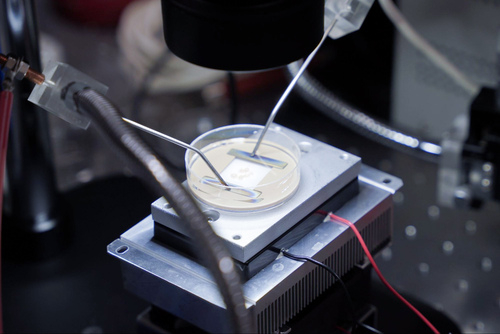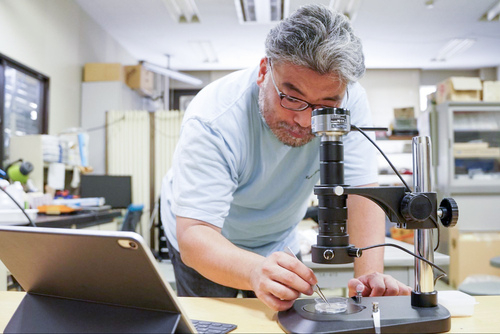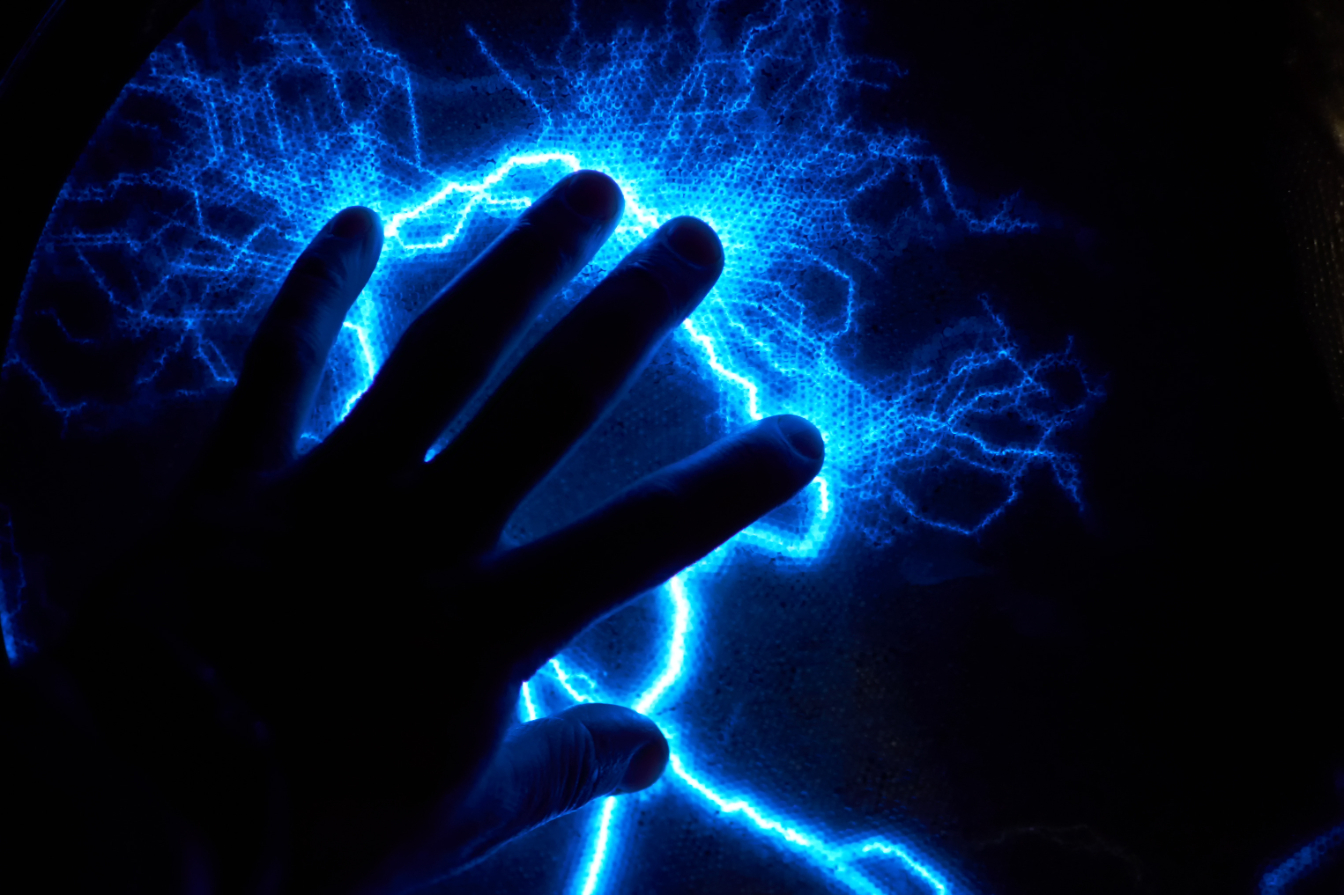J-STORIES - Sashimi is a Japanese delicacy that has gained global popularity. But the slices of raw seafood from which the dish takes its name can harbor dangerous parasites. Now, however, researchers in Japan have found a way to make sashimi safe by zapping the parasites with electricity.
Conventional methods of dealing with parasitical worms include removing them by hand, or by heating and freezing the meat. But such techniques can alter the taste and texture of the product.
The new method gets around this problem by electrocuting parasites using hundreds of 15,000-volt pulses of electricity, each lasting only a millionth of a second. This ensures the temperature of the fish does not rise, effectively preserving its taste and texture.

The so-called “pulse power” method was co-developed by researchers at Kumamoto University and Japan Seafoods, a Fukuoka company that handles processed marine products, particularly “saba” (mackerel) and “aji” (horse mackerel). Both types of fish are especially prone to infection by a parasitic roundworm called anisakis, which can pose a health risk to humans.
Interestingly, by adjusting the voltage, current and duration of the pulses, the same technology can be turned to very different applications.

For example, pulse power can be used to separate concrete into cement, gravel and sand without damaging the component materials. According to researchers at Kumamoto University, which has the largest pulse power research facilities in Japan, this could be used to process concrete that was irradiated following the Fukushima nuclear disaster in 2011. Since only its surface is radioactive, the concrete can be broken down using pulse power, and the leftover gravel and sand reused.
Other potential uses include breaking down pollutant gases, such as carbon dioxide, which the researchers say would be a world first.

Although pulse power has many possible applications, cost may be an issue, said Takao Namihira, an associate professor at Kumamoto University and leader of the research team. The problem is not power consumption, which is relatively low due to the very short duration of the pulses, but the cost to install the system itself.
Nevertheless, while no one knows exactly how the technology might be used, anisakis-zapping is undoubtedly just the start for pulse power, he told J-Stories.
“We want to know what needs there are for pulse power around the world," he said. "If people suggest needs that we haven’t noticed yet, we might be able to revolutionize various manufacturing systems in today’s society.”
Translation and Editing by Tony McNicol
Top page photo by Lazy_Bear / Envato
For inquires about this article, please contact us at jstories@pacificbridge.jp
***
***
Click here for the Japanese version of the article.









![[Interview: Part 1] From nourishing souls to feeding the hungry](https://storage.googleapis.com/jstories-cms.appspot.com/images/1763695595492unnamed_bigthumbnail.jpg)

![[Podcast] Foreign founders are changing how Japanese start startups (Part 7)](https://storage.googleapis.com/jstories-cms.appspot.com/images/1763538829673unnamed_bigthumbnail.jpg)
![[Podcast] Foreign founders are changing how Japanese start startups (Part 6)](https://storage.googleapis.com/jstories-cms.appspot.com/images/1763000777388unnamed_bigthumbnail.jpg)


![[Interview] When digital and physical worlds meet](https://storage.googleapis.com/jstories-cms.appspot.com/images/1747974430456unnamed-2_smallthumbnail.png)



![[Interview: Part 1] From nourishing souls to feeding the hungry](https://storage.googleapis.com/jstories-cms.appspot.com/images/1763695595492unnamed_smallthumbnail.jpg)


Could pulse power be an option for eliminating lymphatic filariasis and other parasitic infestations that are endemic in many tropical countries. It i...Read more